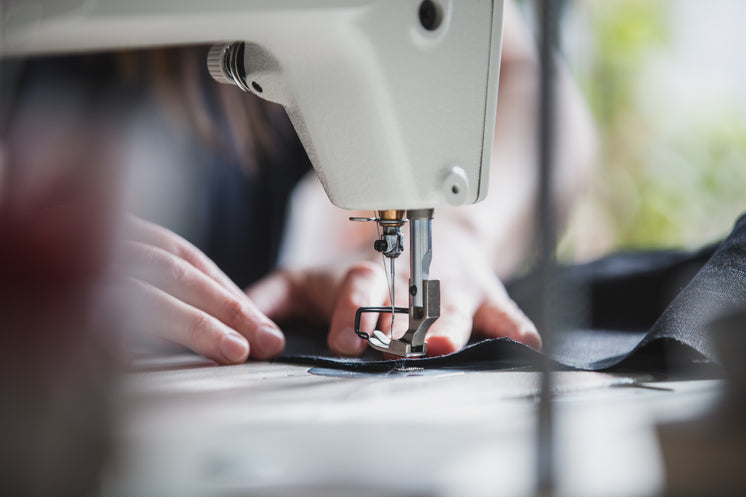Performance is influenced by all components of the installed system, including the soil conditions, the ground-coupled heat exchanger, the heat pump appliance, and the building distribution, but is largely determined by the “lift” between the input temperature and the output temperature. Added ephemeral copy for broadcasters provisions, including certain statutory licenses. The parameter setting of the metal deck roll forming machine is simple and convenient, and the degree of automation is high. Anyone looking to weld with the convenience of a compact, the portable machine will appreciate the VIVOHOME welder. If your thighs are too short for the seat pan (the part you sit on), buy a cushion that will act like a spacer between you and the back of the chair. Almost all types of heat pumps are produced for commercial and residential applications. For every line segment produced by clipping, we must create a degenerate quad to bridge any potential gap (Figure 2). Because we’re working in 3D now, we have the possibility that one of these segments will lie on a border between more than two blocks.
Underfloor piping, ceiling or wall radiators can also be used for cooling in dry climates, although the temperature of the circulating water must be above the dew point to ensure that atmospheric humidity does not condense on the radiator. The bottom of the line should be as low as the bottom of the wall or footing course BELOW the elevation of the floor, with a minimum slope. Closed loop systems, in comparison, have to transfer heat across extra layers of pipe wall and dirt. Here are some other hints to help you use your tools to your back’s advantage: When shoveling, put smaller amounts of dirt in your shovel. It is loaded with many helpful features that help in managing the overall working of the machine. Kramer seems at ease and mellow – happy to be here, happy to help. Heat pumps cannot achieve as high a fluid temperature as a conventional furnace, so they require a higher volume flow rate of air to compensate. If the water contains high levels of salt, minerals, iron bacteria or hydrogen sulfide, a closed loop system is usually preferable.
Standard ARI 330 ratings were intended for closed loop ground-source heat pumps, and assume secondary loop water temperatures of 25 °C (77 °F) for air conditioning and 0 °C (32 °F) for heating. In an open loop system (also called a groundwater heat pump), the secondary loop pumps natural water from a well or body of water into a heat exchanger inside the heat pump. We service all type of Roll Forming Machine, Rolling Shutter Making Machine, K-Span Roof Panel Machine, Corrugated Roof Sheet Roll Forming Machine, Sandwich Panel Roof Forming Machine, Highway Guardrail Machine, Door Frame Roll Forming Machine, Ridge Cap Machine,Crimping Roll Forming Machine, C/Z Purling machine & Floor Deck Machine as well. Such as: Standing seamming Panel. As with closed loop systems, sizing of the standing column system is critical in reference to the heat loss and gain of the existing building. Since this is essentially a water pumping system, standing column well design requires critical considerations to obtain peak operating efficiency. A standing column well system is a specialized type of open loop system.
However, if there is adequate water production, then the thermal capacity of the well system can be enhanced by discharging a small percentage of system flow during the peak Summer and Winter months. Also, as fouling decreases the flow of natural water, it becomes difficult for the heat pump to exchange building heat with the groundwater. Standard ARI 325 ratings were intended for open loop ground-source heat pumps, and include two sets of ratings for groundwater temperatures of 10 °C (50 °F) and 21 °C (70 °F). Heat pumps can only heat water to about 50 °C (122 °F) efficiently, whereas a boiler normally reaches 65-95 °C (149-203 °F). Depending on soil, climate and the heat pump’s run fraction, slinky coil trenches can be up to two thirds shorter than traditional horizontal loop trenches. This system also differs from horizontal & vertical drilling as the loops are installed from one central chamber, further reducing the ground space needed. The efficiency of ground source heat pumps can be greatly improved by using seasonal thermal energy storage and interseasonal heat transfer.